
|
|
|
EXAMPLES OF BACTERIAL COLONIES
 |
 |
 |
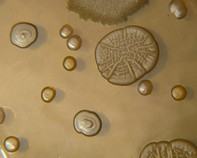 |
 |
 |
 |
 |
 |
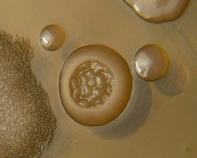 |
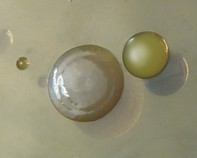 |
 |
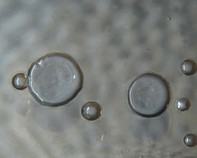 |
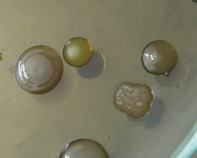 |
 |
 |
 |
 |
 |
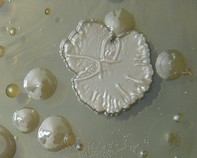 |
 |
 |
 |
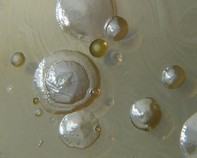 |
 |
 |
 |
 |
 |
 |
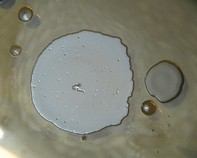 |
 |
 |
 |
 |
 |
 |
 |
|
|
 |
 |
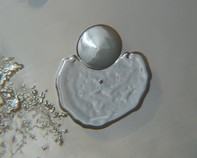 |
 |
 |
 |
 |
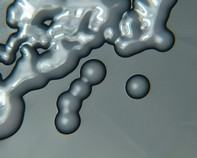 |
 |
 |
 |
 |
 |
 |
 |
 |
 |
 |
COLONIES OF SOIL BACTERIA
There are typically 40 million bacterial cells in a gram of soil and a million bacterial cells in a millilitre of fresh water; in all, there are approximately five nonillion (5×1030) bacteria on Earth, forming a biomass on Earth, which exceeds that of all plants and animals. However, most bacteria have not been characterised, and only about half of the phyla of bacteria have species that can be grown in the laboratory.
|
 |
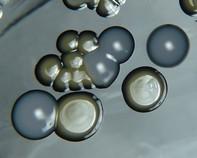 |
 |
 |
 |
 |
 |
 |
 |
 |
Mycobacterium spp.
|
 |
 |
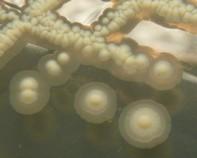 |
 |
 |
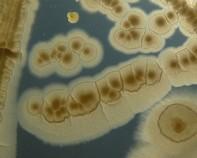 |
 |
 |
MYCOBACTERIA
Mycobacteria are aerobic, acid-fast actinomycetes. All Mycobacterium species share a characteristic cell wall, which is hydrophobic, waxy, and rich in mycolic acids/mycolates.
Mycobacteria are isolated from a very diverse array of biotopes (soil, dust, fresh and salt water....). Some species of the nonpathogenic saprophythes may also occur as opportunistic pathogens.
|
 |
 |
 |
 |
Streptomyces spp. |
 |
 |
 |
 |
 |
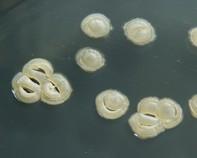 |
 |
 |
 |
 |
STREPTOMYCES
Streptomycetes are aerobic, Gram-positive bacteria. They are characterised by a complex secondary metabolism. Some members of the genus Streptomyces produce important antibacterial, antifungal, antiparasitic and anticancer compounds (e.g., streptomycin, tetracyclines,
neomycin, nystatin, amphotericin B, ivermectin.......).
|
 |
 |
 |
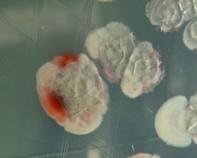 |
 |
 |
 |
 |
 |
 |
|
 |
| Copyright © 2011 microbiologyinpictures |